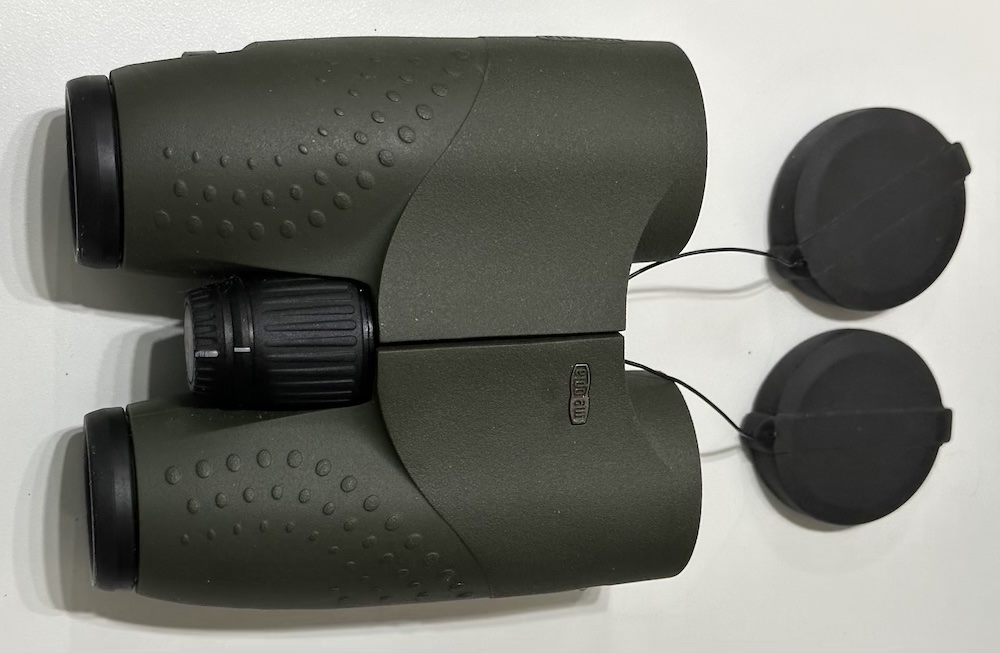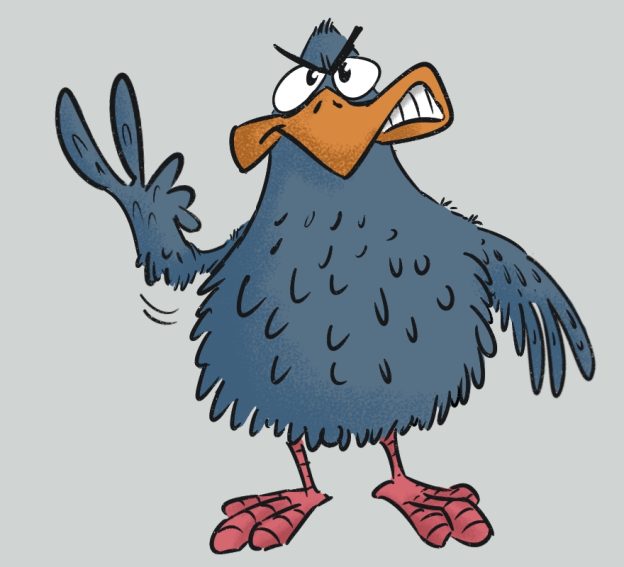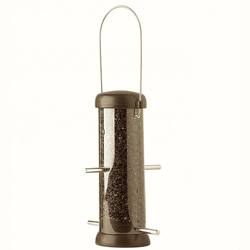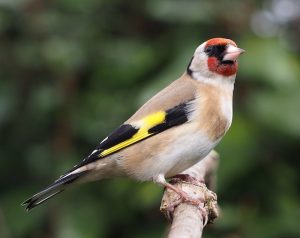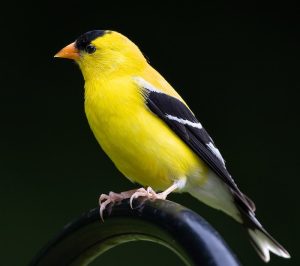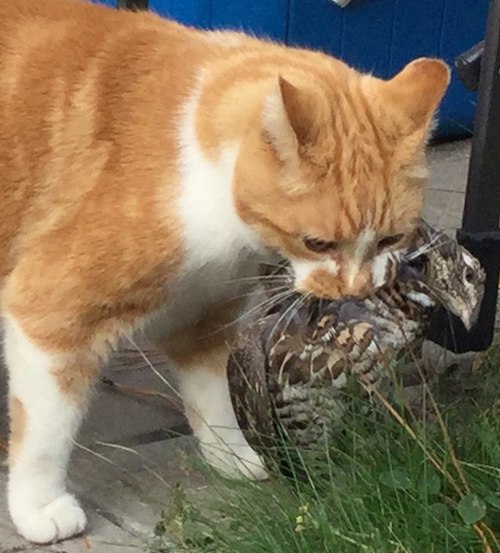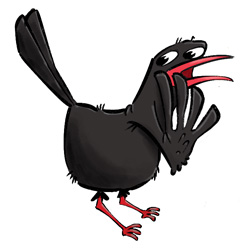Guest Blogger Fatbirder
The USA is the third largest country in the world so it’s probably daft to try and select just ten birding destinations. Not only that but it also has vast areas of land designated as national parks or wildernesses where nature and wildlife have free reign. The most visited spots are not necessarily the best birding, but all of those mentioned are excellent places to bird and many are great places to meet fellow birders. Like birding in general timing is everything and some spots are on the list because they are migration hot spots. Although all have resident birds.
The state of Texas, with over 600 bird species is, in itself a top destination for birdwatching. It has a number of birding hotspots including the Gulf Coast, Big Bend National Park, and the Lower Rio Grande Valley. Almost any coastal site will afford a great day’s birding but two areas stand out.
High Island is a tiny town located on the Gulf Coast, this area is a top spot to observe migratory songbirds, where a tree covered rise in the landscape is a natural magnet for tired migrants in need of rest and recuperation. Falls of birds, particularly in spring are so predictable and regular that a raised seating area allows birders to sit and wait and see what turns up… you won’t be disappointed. Flycatchers, warblers abound.
Rio Grande Valley is a renowned destination for birders with over 500 bird species regularly recorded. It is special because for a lot of species including Green Jays, Chachalacas, Clay-coloured Robins and Great Kiskadee usually only occur south of the border with Mexico. The ‘World Birding Centre’ is a great place to get a feel for the area and its birds with its museum displays, hummingbird feeders and land train around the reserve.
Arizona can a whole state be considered a birding destination? The answer has to be yes because there is great birding from its border with Mexico, the Chiricahua Mountains to Sedona near the Grand Canyon. The state is home to many birding hotspots and good for a number of species found nowhere else in the USA.
It’s not surprising the warmer, southern states feature often in this list. The climate makes for overwintering birds from the north through to vagrants from central America. Moreover, coastal states like California and Florida are migrant areas because making landfall after a long flight gives more opportunities for rarities than most other places.
Canaveral National Seashore in Florida is a large area with a number of parks and preserves famed for their birds. In sight of the famous rocket launch pads, it is a popular birding destination, particularly for those looking to spot the Florida scrub-jay, a threatened species and the USA’s only true endemic which found only in Florida. Inland from Daytona, through the Orlando area and across to St Petersburg one can find many hot spots.
Everglades National Park, to the south, is home to a diverse array of water birds, including the Roseate Spoonbill, Wood Stork, and Anhinga. Vast areas exhausted by over intense agriculture have had to be given back to wildlife and, in places, it teems with birds as well as deer and alligators. Unfortunately, it is also now the world stronghold for Burmese Python and other ‘exotics’ released as they outgrown their pet status.
Point Reyes National Seashore, across the bay from the California’s Golden Gate Bridge has a really diverse habitat with over 400 bird species, including the endangered California Condor, and other species found nowhere else in the US.
Monterey Bay, John Steinbeck’s old stamping ground, is a prime location for seabirds and is home to several gull species including the western gull and other seabirds such as common murre. The area is also good for marine mammals.
Bosque del Apache National Wildlife Refuge in New Mexico is also an excellent destination for birders as it offers some real spectacles such as massed Sandhill Cranes and Snow Geese.
The north has its share of migration hot spots including the most famous of all Cape May where bird races are held every year at the peak time for migration.
Cape May in New Jersey offers fantastic opportunities to observe raptors, shorebirds, and songbirds. When poor weather stops birds reaching their most northern nesting grounds Cape May can be a rest over for hundreds of thousands of warblers covering the whole spectrum of American warblers before they move on.
Magee Marsh Wildlife Area in Ohio is known as the ‘Warbler Capital of the World’, this area is a must-visit during the spring migration. It is so good because it’s a natural magnet for birds who need to feed up ready to hazard passage across the great lakes. Point Pelee in Canada is where these tired migrants are often funnelled through to make land fall again.
Klamath Basin National Wildlife Refuge in Oregon is a vital stopover for migratory waterfowl, travelling the western route with over 400 bird species regularly recorded.
Central Park in New York City is a birding hotspot in the heart of a city, known for its migratory warblers who drop into the greenest area of the city. It is also full of resident species including Red-tailed Hawks that patrol the high-rise apartments that circle the park.
Alaska is known for its vast wilderness and particularly its reputation for turning up rare vagrants from Eurasia. In the brief clement months many species, such as bald eagles and tundra swans take advantage of its wild abundance to nest and breed before flying south again. Homer in Alaska is known as a great place to observe seabirds, such as Tufted & Horned Puffins, and Common Murres.
You will notice I’ve cheated and gone over my quota of top US birding locations because it’s so hard to narrow down to these handful. The top listers manage to see over 700 species in mainland USA.




